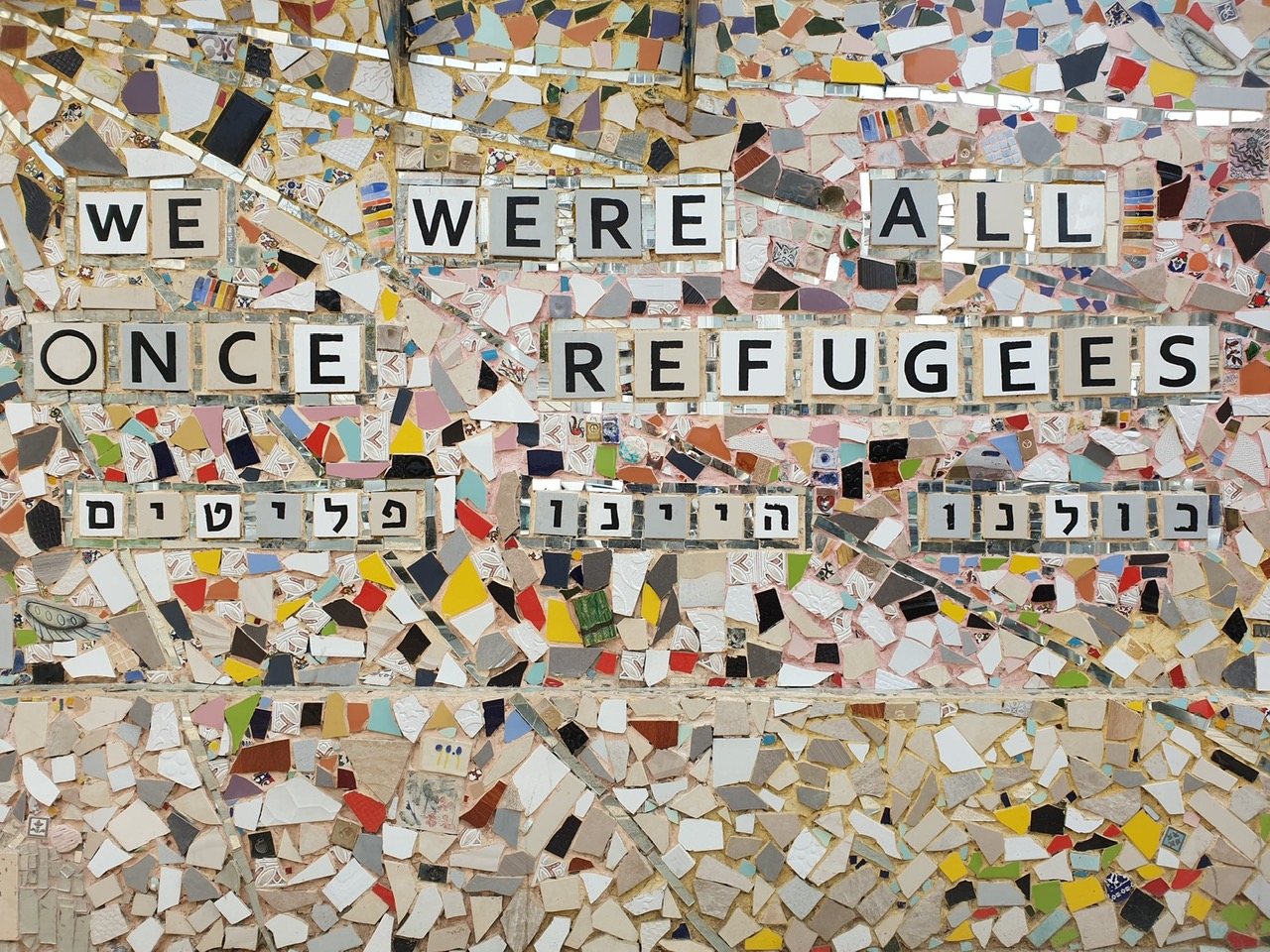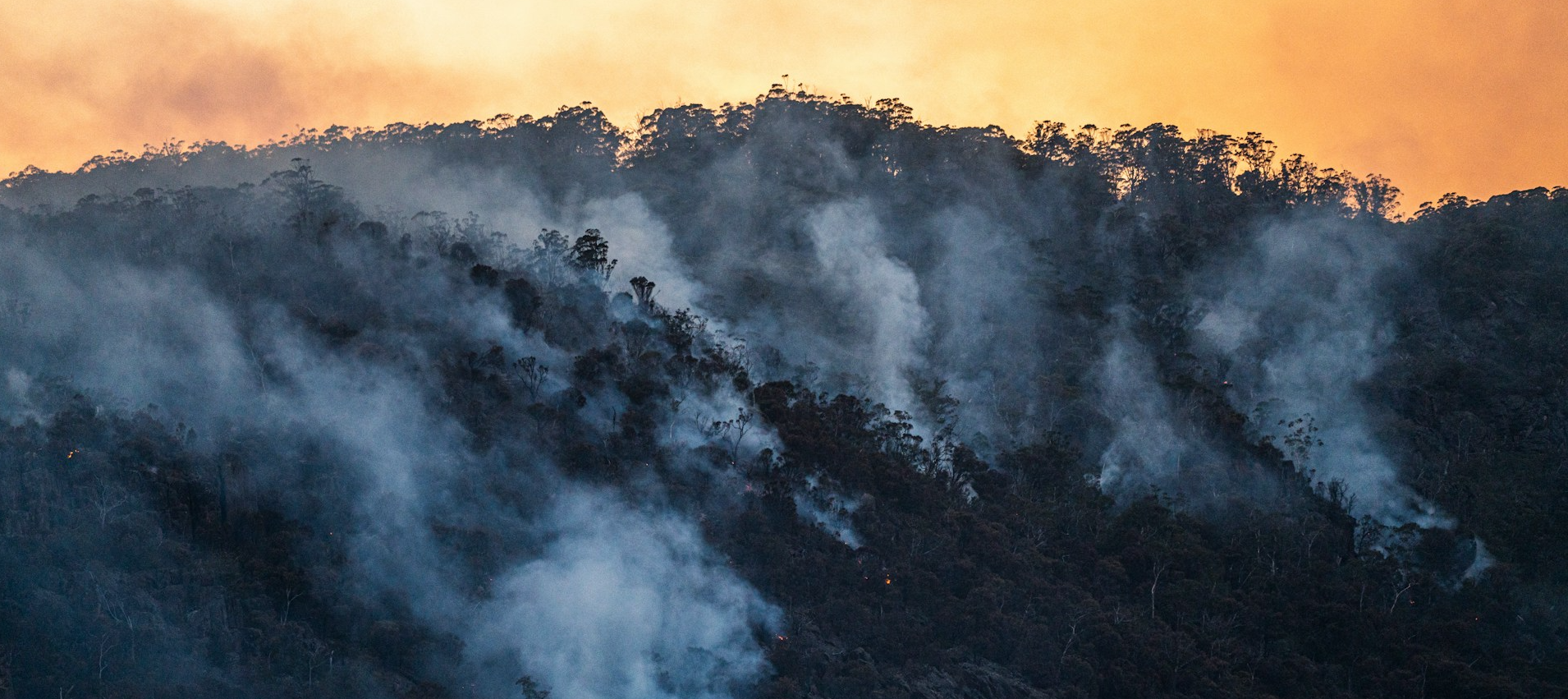The World Must Step Up to Accommodate Afghan Refugees
Barring a few localized conflicts, the current era in modern history is among the most peaceful periods. Since the conclusion of World War 2, and the formation of multilateral bodies such as the United Nations and the European Union, the majority of the world has witnessed harmony and socio-economic development.
The same was true for the former kingdom of Afghanistan. It was a flourishing land that saw its longest period of calm and stability during Zahir Shah’s reign. He was coronated in 1933, and for the next four decades, Afghanistan made significant gains. The US formally recognized the country in 1934. Between 1933 and 1973, numerous reforms were enacted, that also extended women the right to education and work. In fact, a now popular image of 1960’s Afghanistan depicts local women in western outfits on their way to university.
An Era of Peace is Disrupted
The four decades of calm was disrupted by a military coup in 1973. It was followed by a Soviet invasion, the start of a guerrilla movement, and more recently, a US-led foray. Beginning in October 2001, the US mission in Afghanistan drew out until August 2021, making it the longest war in modern history.
Since the Taliban’s takeover on 15 August 2021, the most affected were the ordinary citizens of Afghanistan. Thousands fled their homes within hours or days and even more are now internally displaced. In a grim reminder of events that transpired after the Arab Spring of 2011, groups of refugees began walking towards safer havens in neighbouring countries.
Refugee Framework Signatories but with Reluctant Overtures
The United Nations High Commissioner for Refugees’ 1951 Refugee Convention and its 1967 Protocol were framed to assist refugees escape conflict torn areas. There are currently 149 countries that are signatories to either one or both frameworks. A key tenet highlights non-refoulment, meaning a refugee will not be returned to the country where his or her liberties or life are threatened. Unfortunately, amid the unfolding crisis, only a handful of countries have declared that they will be accepting Afghan refugees.
Pakistan sent out mixed signals. Prior to the Taliban takeover on 15 August 2021, the country shut its borders with Afghanistan. They were partially opened later. Pakistan already hosts about 1.5 million Afghan refugees as of end-2020. Afghanistan’s western neighbor Iran is also home to a large Afghan diaspora. In the wake of the ongoing crisis, however, Iran has a shown a less willing stance in hosting more displaced Afghans. Greece and Turkey have displayed similar reluctance.
In the EU’s case, its chief diplomat Josep Borrell suggested invoking a hitherto unused framework. According to a 2001 directive, refugees are offered protection and are distributed among EU member states. However, most EU states are unwilling to open their doors to Afghan refugees. Slovenia and Austria have categorically refused to allow entry of any refugees. Even Germany—that earlier in 2015—welcomed over a million Syrian refugees, appears less willing. German Chancellor Angela Merkel has made an exception though. She said Germany will make provisions for 10,000 Afghan asylum seekers but only those who worked with coalition forces in Afghanistan. French President Emmanuel Macron adopted a softer stance – that France would resettle Afghan refugees but a specific number was not mentioned.
Meanwhile, three Balkan states—Albania, Kosovo, and northern Macedonia—have said they will accept Afghan refugees. The UK will take in about 20,000 Afghans over the next five years. Women, children and those facing persecution will be given priority. Australia is willing to accommodate about 3,000 asylum seekers. In case of the US, there is commitment to alleviate the refugee crisis but President Joe Biden also did not specify a figure.
An Unfortunate Turn of Events
The US had reduced its role to a non-combat one in Afghanistan several years ago. Its focus then was directed towards rebuilding the war-torn country and empowering its people to self-administrate. Infrastructure projects were undertaken, the military was trained—and even to the expert eye—it seemed as though Afghanistan was en route stability and progress. These were ideals that had also been envisioned by its last monarch, Zahir Shah.
However, in only two weeks, almost two decades worth of gains were lost. The Taliban took over, and the ensuing events, are heart-breaking to say the least. There is no end in sight to the country’s woes and its citizens are the worst affected.
Amid this humanitarian crisis, it is imperative that global leaders approach the problem with collaborative efforts. Conflicts cannot be resolved with further military action; rather a humanitarian approach is key. It is also necessary that countries that are signatories to the UNHCR’s refugee frameworks not renege on their commitments at this crucial juncture. Afghan refugees cannot be allowed to fall through the cracks.
Photo Caption: The Afghan refugee crisis must be addressed by global leaders before it snowballs into a huge problem.




